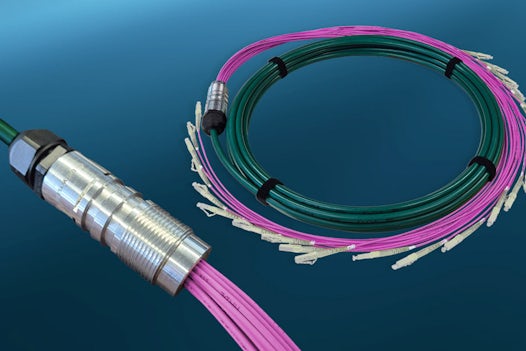
Augmented Reality: technology for the upturn
Many people still associate Augmented Reality (AR) with Pokémon GO. And yet now the technology provides much more than pure entertainment.
22 de julio de 2020

Many people still associate Augmented Reality (AR) with Pokémon GO. And yet now the technology provides much more than pure entertainment.
Today the possibilities of Augmented Reality are being used in manufacturing, product development, in marketing and in training courses, as well as for maintenance and servicing. Users no longer even necessarily have to wear expensive AR glasses to have “their reality” augmented by text, image or voice content. Information or objects can be incorporated directly into a recorded image of the real world by the cameras in an increasing number of mobile devices.
New service concept
Datwyler is currently implementing a new service concept for its Micro Data Centres, which permits AR remote maintenance via a mobile app. The geographical distance between customers and the Datwyler service experts does not matter: using AR remote maintenance problems can be analysed “live” with no time lag and – if possible – solved. The Datwyler experts can see everything they need to through the customer’s smartphone camera, from individual connectors to more complex infrastructure problems. Outstanding issues can be resolved remotely and any faults rectified jointly. The app can be used to place 3D markers such as arrows on real objects in the smartphone image. Problem areas can also be circled directly on the display with a finger. Soon fast and accurate fault rectification will be successfully carried out this way – above all without cost-intensive on-site maintenance visits.
The analog Internet of Things
Cost savings and increased sales – the market researchers of the Boston Consulting Group (BCG) and PTC also see these in connection with the use of AR strategies (Study dated April 2020). At the same time Augmented Reality seems to be the key which can unlock the potential of the Internet of Things (IoT). For AR applications use the types of data generated by IoT devices and components. Only they convert these into analog sensory impressions which people can see and hear. They look after the interface to the human brain as it were, so that employees can work more effectively and productively. Whenever the users themselves speak or perform movements, these analog inputs are converted into digital pulses again. Augmented Reality thus creates a sort of Internet of Things for people.
Technology is currently evolving rapidly, and it is precisely after the economic losses caused by the corona pandemic that AR can be useful: reduced expenditure on training, faster, more accurate maintenance and further development solutions and better staff qualification boost efficiency and profit – and hence the competitiveness of a business.


